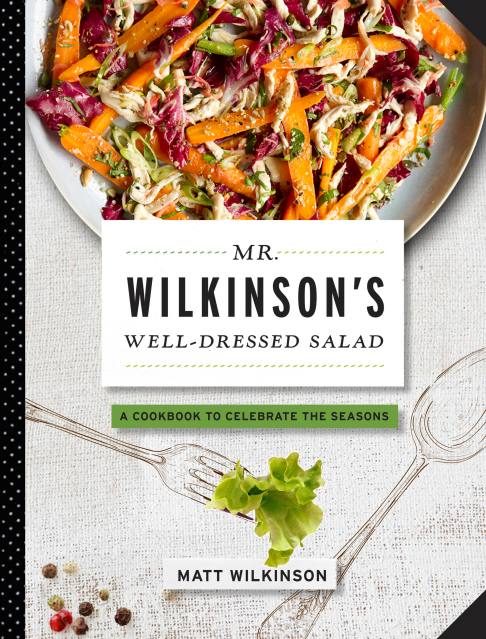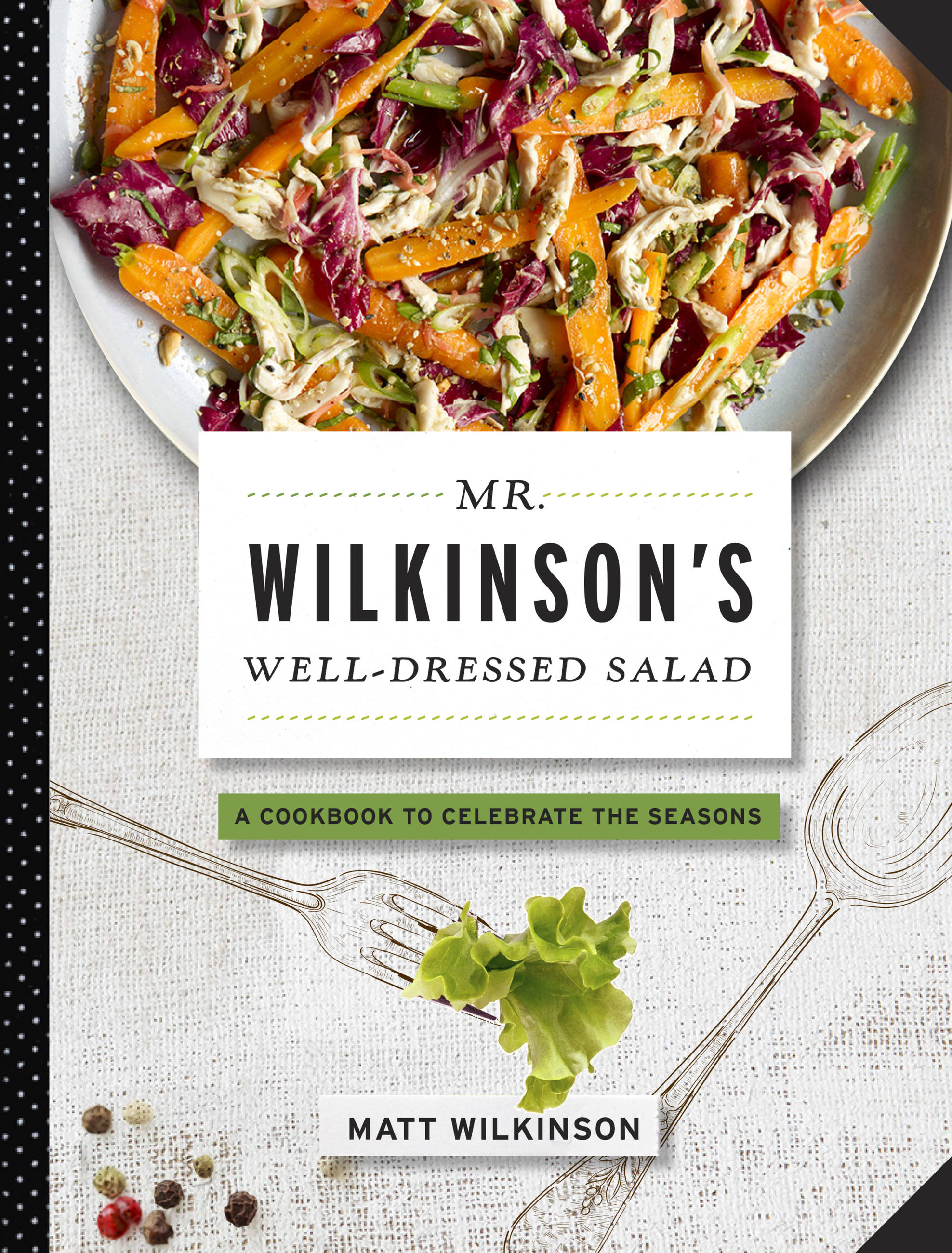Promotion
Use code MOM24 for 20% off site wide + free shipping over $45
Mr. Wilkinson's Well-Dressed Salads
Contributors
Illustrated by Stanislava Pinchuk
Formats and Prices
Price
$14.99Price
$19.99 CADFormat
Format:
- ebook $14.99 $19.99 CAD
- ebook (Digital original) $0.99 $0.99 CAD
This item is a preorder. Your payment method will be charged immediately, and the product is expected to ship on or around May 5, 2015. This date is subject to change due to shipping delays beyond our control.
Also available from:
Guided by the seasons, award-winning chef Matt Wilkinson has always designed his recipes with vegetables as the foundation of the plate. In his latest cookbook, Matt takes this a step further by showing us how versatile salads can be in both form and flavor. With the garden’s yield as his inspiration, he pairs produce with grains, beans, cheeses, fish, and meat to create enticing, adaptable dishes. You’ll find a recipe to match each season’s bounty, from spring salads featuring early sprouting vegetables and herbs, and summer produce mixed with garden-fresh greens, to autumn roots tossed with hearty grains, and earthy winter noodle salads. In Mr. Wilkinson’s Well-Dressed Salads, recipes include light dishes such as Watermelon and Feta with a Shrimp Vinaigrette, and Iceberg, Mint and Radish Salad with Avocado Dressing. There is also heartier fare, such as Roasted Sweet Potatoes, Hot Red Turkish Peppers & Labneh (a Turkish yogurt), Brown Rice & Feta with Hot ‘n’ Sour Dressing, and Smashed Figs, Blue Cheese, and Walnut Salad with White Balsamic. Beautiful photography combined with vintage illustrations make for a book that is both timely and timeless.
Genre:
- On Sale
- May 5, 2015
- Page Count
- 272 pages
- Publisher
- Black Dog & Leventhal
- ISBN-13
- 9781603764049
Newsletter Signup
By clicking ‘Sign Up,’ I acknowledge that I have read and agree to Hachette Book Group’s Privacy Policy and Terms of Use







